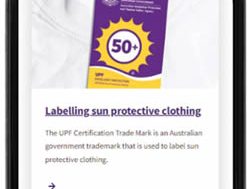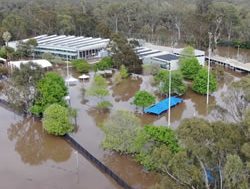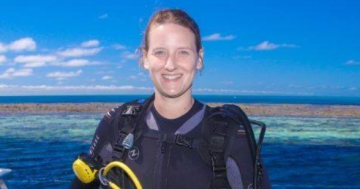 A world-first review of the impact of radio waves on the environment is on show for all to see by the Australian Radiation Protection and Nuclear Safety Agency (ARPANSA)
A world-first review of the impact of radio waves on the environment is on show for all to see by the Australian Radiation Protection and Nuclear Safety Agency (ARPANSA)
Assistant Director of Health Impact Assessment at ARPANSA, Ken Karipidis said the Agency had partnered with Victoria’s Swinburne University to produce a map of the scientific evidence into the impact of radio waves on the environment.
“There is a great need for a systematic collation of all the available evidence on whether radio waves have a negative impact on animals and plants in the environment,” Associate Professor Karipidis said.
“In many countries, humans are protected from excessive radiofrequency (RF) and electromagnetic fields (EMF) exposure by safety standards that are based on guidelines by the International Commission on Non-Ionizing Radiation Protection (ICNIRP),” he said.
“The ICNIRP guidelines are based on knowledge of how RF EMF affects the human body, however, there are currently no recognised international guidelines to specifically protect animals and plants.”
Professor Karipidis said that whether or not the ICNIRP guidelines for humans were adequate to provide protection to the environment was a subject of active debate.
He said the map would help identify any gaps in research and may help lay the groundwork for future international guidelines to protect the environment.
“The map will include peer-reviewed and grey literature published in English and will cover studies performed in the natural environment (in situ) and in a laboratory, cage, aquarium etc,” Professor Karipidis said.
The nine-page Review can be accessed at ARPANSA at this PS News link.











